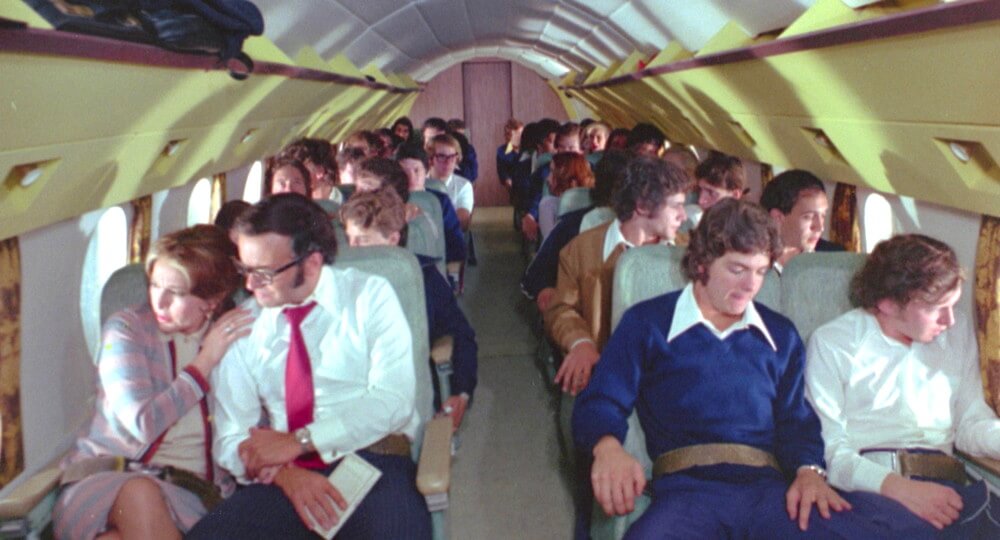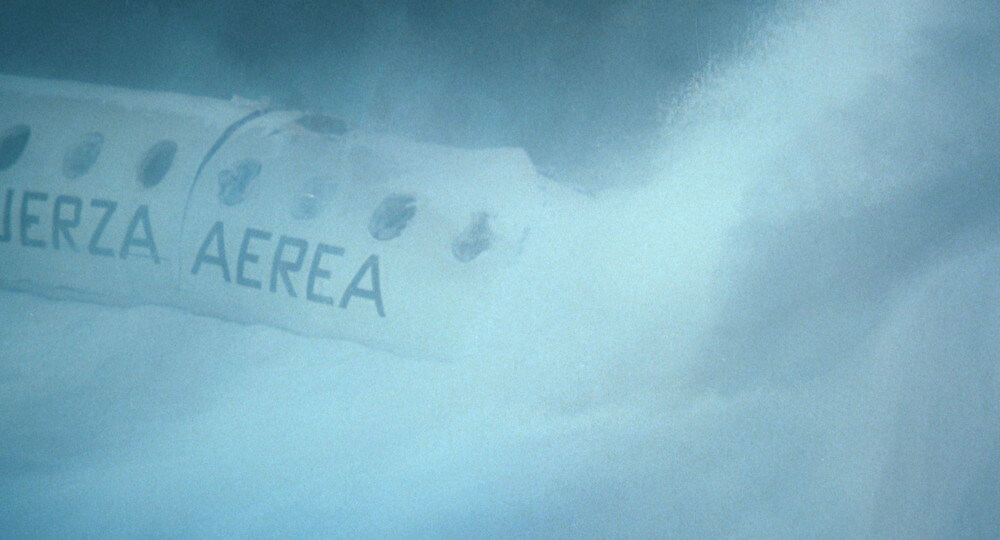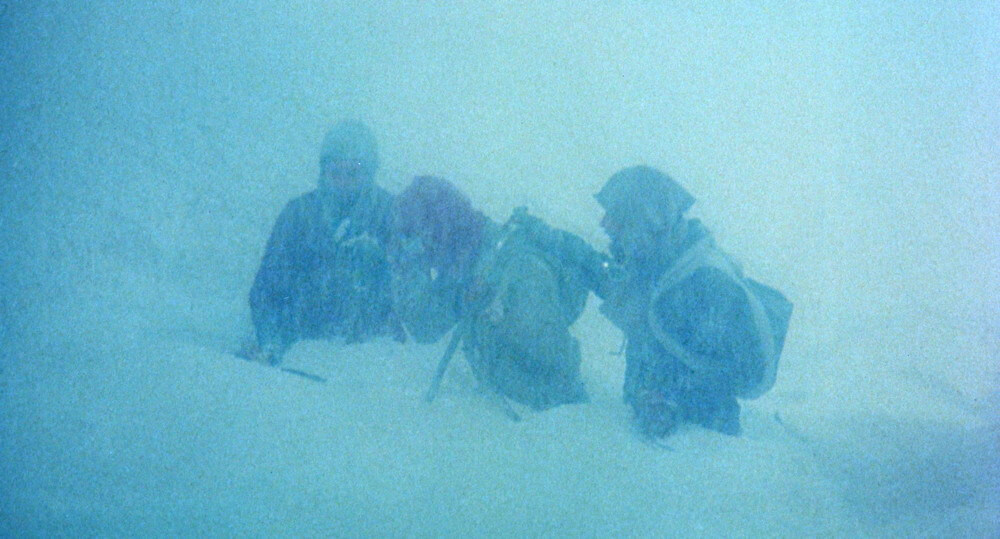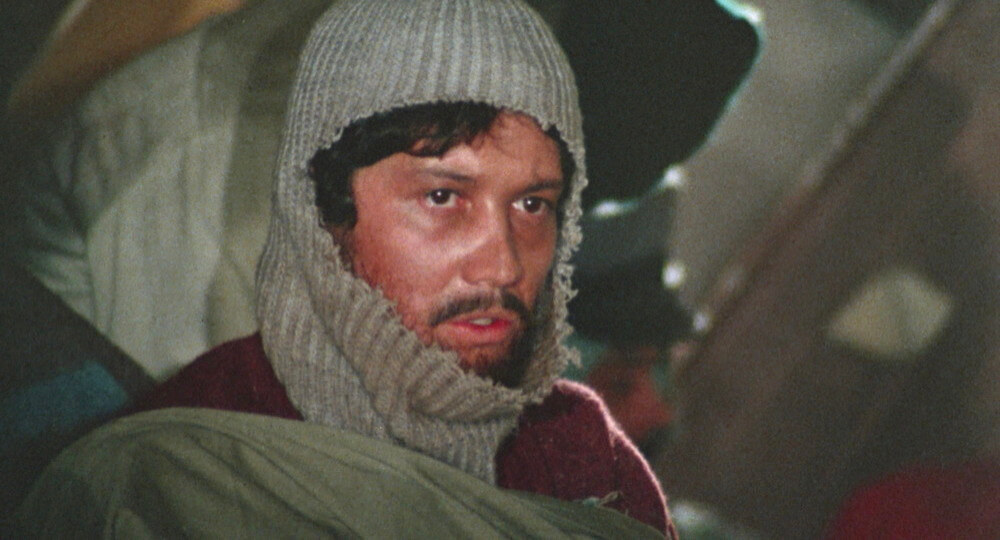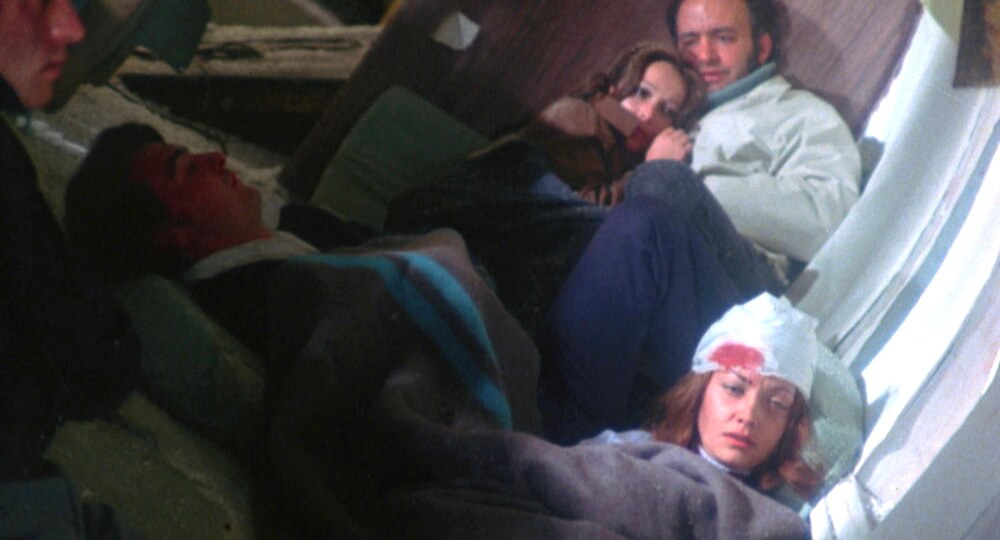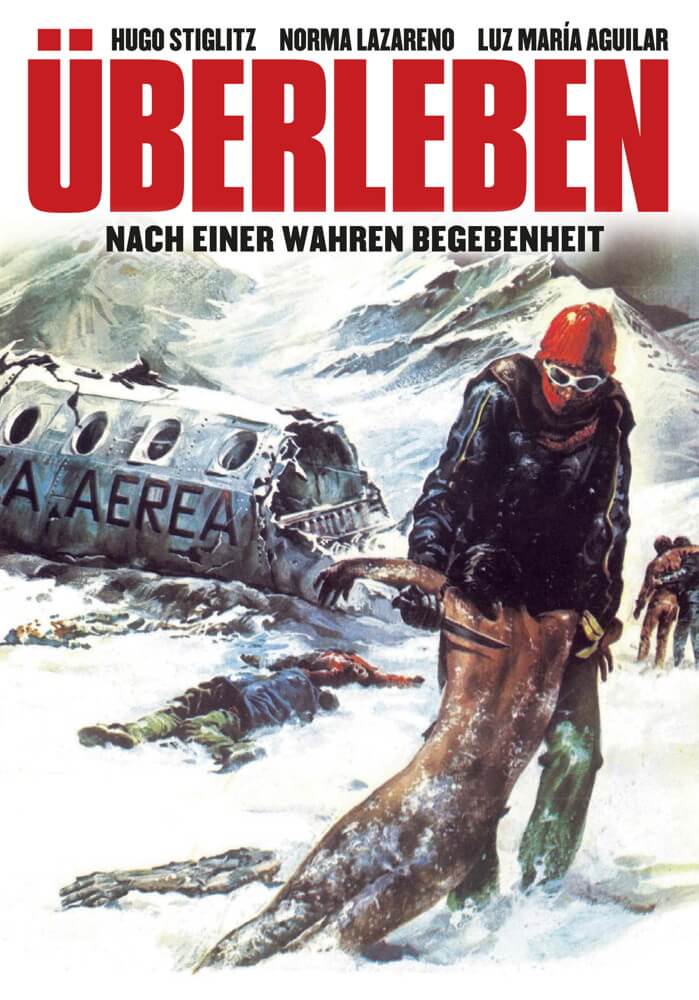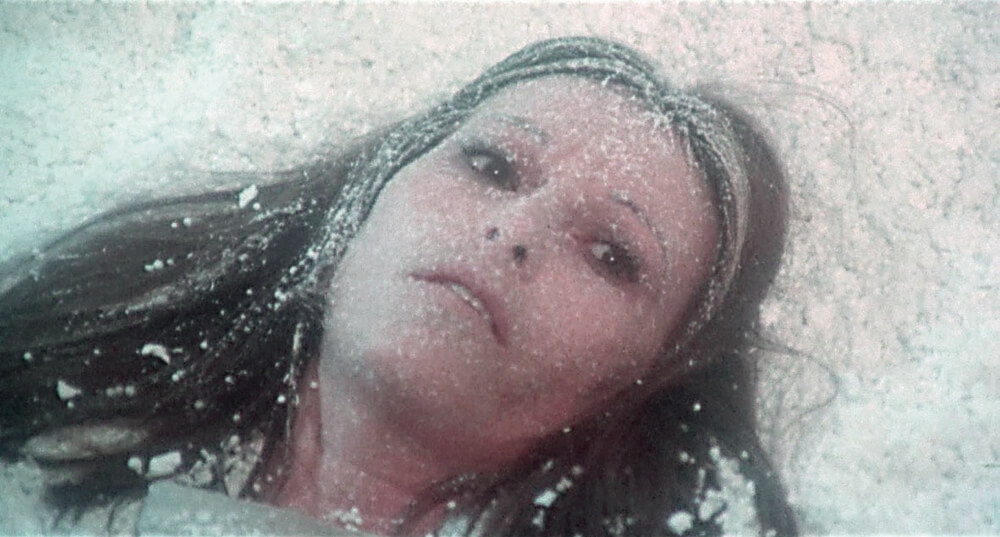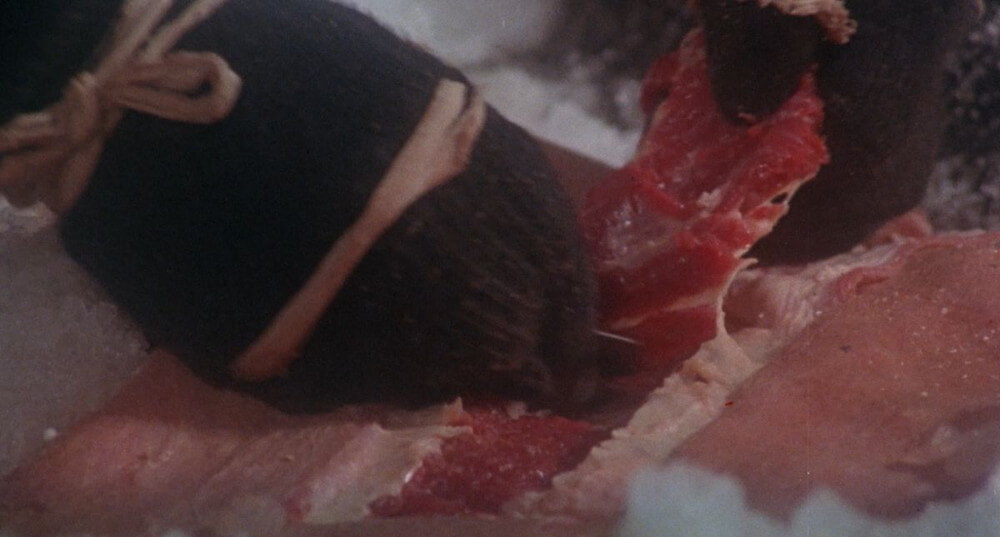Original title: Supervivientes de los Andes
Director: René Cardona
Screenplay: René Cardona Jr.
Book: Charles Blair Jr.
Actors & actresses: Hugo Stiglitz, Norma Lazareno, Luz María Aguilar, Fernando Larrañaga, Lorenzo de Rodas, Pablo Ferrel, Leonardo Daniel, Sara Guasch, Ernesto Gallardo, Gloria Chávez, José Elías Moreno, Miguel Ángel Ferriz, Carlos Cámara, Ernesto Parra, Sebastian Ligarde, Fernando Palavicini, Antonio Zubiaga, Rojo Grau, César Sobrevals, Carlos Monden, Armando Sáenz, Marcelo Villamil, Gaspar Henaine, Fernando Ferrer, José Antonio Mena, Francisco de Salazar, Eduardo Lois, Fernando Borges, Gustavo Ganem, Eugenio Villar, Jaime Manterola, Sergio Gro, Pablo Roche, Germán Cano
Producers: René Cardona Jr., René Cardona
Cinematography: Genaro Hurtado, Luis Medina
Technical departement: Allan Carr, Robert Stigwood
Sound: James D. Young
Editing: Marshall M. Borden, Alfredo Rosas Priego
Music: Gerald Fried, Raúl Lavista
Production companies: Avant Films S.A., Corporación Nacional Cinematográfica (Conacine), Productora Filmica Real, Productora Fílmica G.M.
Year of production: 1976
Genre: Drama, Horror
Country: Mexiko
Languages: Mexican, English
Synchronisation: Germany
Lenght: 85 Min (Theatrical Version), 111 Min (Original Version)
Rating: FSK 16
Aspect Ratio: 1.37 : 1
Sound Mix: Mono
Resolution: HD (Theatrical Version), SD (Original Version)



